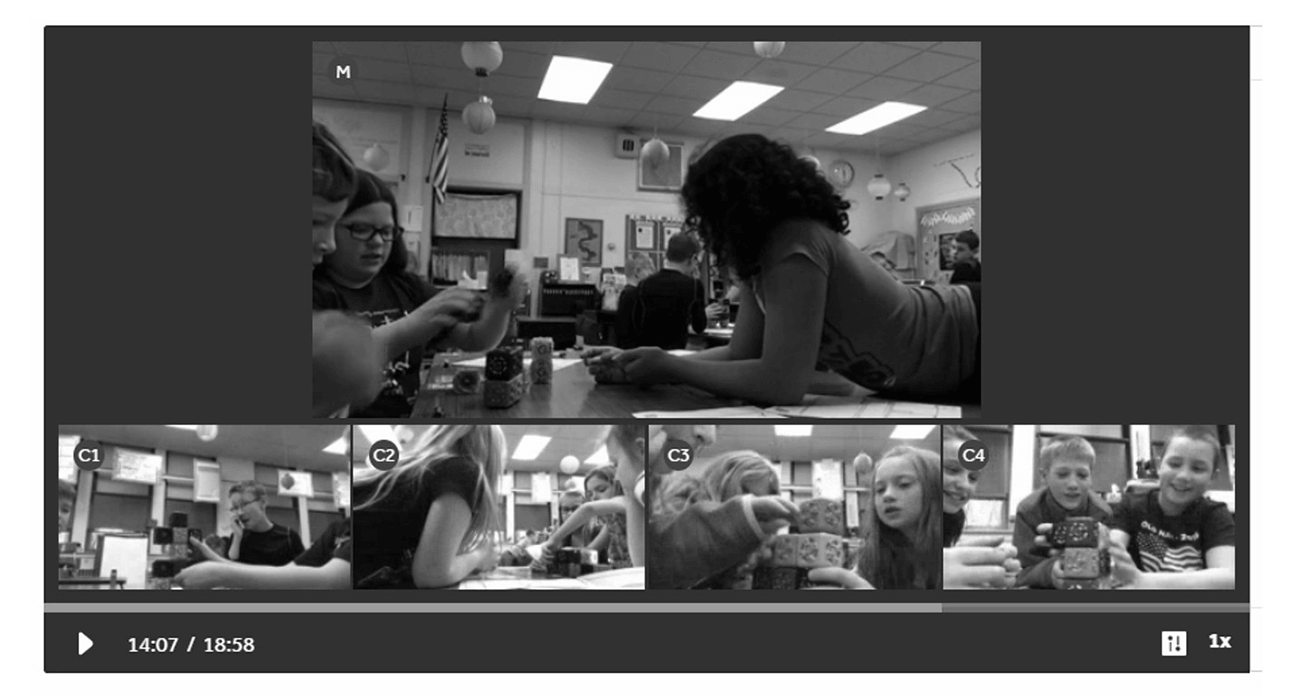
I first learned about Swivl 3 years ago at a state technology conference. I am astounded by the advances that they have made in that short time, including the C3 and C5 multi channel audio. Their latest addition of multi-camera capabilities with Swivl+ has me very excited.
In our first official foray into the Swivl+ world, I decided to address STEM. Often in STEM we break into groups that work cooperatively to address and hypothesize a problem. In this experiment, I split the students into 5 groups as that was how many tablets I had available. The purpose of the experiment on this day was for students to learn about a new technology in our classroom, Cubelets. These magnetically interlocking cube robotics perform differently depending on their configurations. Student were able to explore and collaborate on this.
Generally during an experiment of this type, I would rotate between groups which would give me some insights into the discussions my students were having. However more times than not, when I would have a chance to talk to a particular group they would have questions for me or I would need to prompt them to tell me what they were doing and how they came to their decisions/conclusions. Whoever the most vocal student in the group was would answer not necessarily the student who had the ideas. There is always at least one group who even though they are doing the experiment, they have nothing to say about what they are doing. I would need to rely on students statements during the lesson wrap up, again by the most vocal in the group, and individual worksheet answers to gauge understanding. Often there are students who can explain verbally but not as well in writing, so their answers on these worksheets are minimal at best. There are also students who can be verbal when in a small group of other students but become shy when expected to speak in front of the rest of the class. Because of Swivl+, this was not the case this time. By placing a tablet running the app and connected to the session with each group, I was able to go back and observe each individual group’s thought processes and conversations. I was even able to observe how the students interacted when they thought I wasn’t watching. I was pleased to see one group in particular being very respectful when correcting a group member’s behavior. This is not something I ever get to see close up with my 4th graders.
I can’t wait to use it again!
Inspired by Amy’s experience? Apply to become a Swivl Pioneer!
